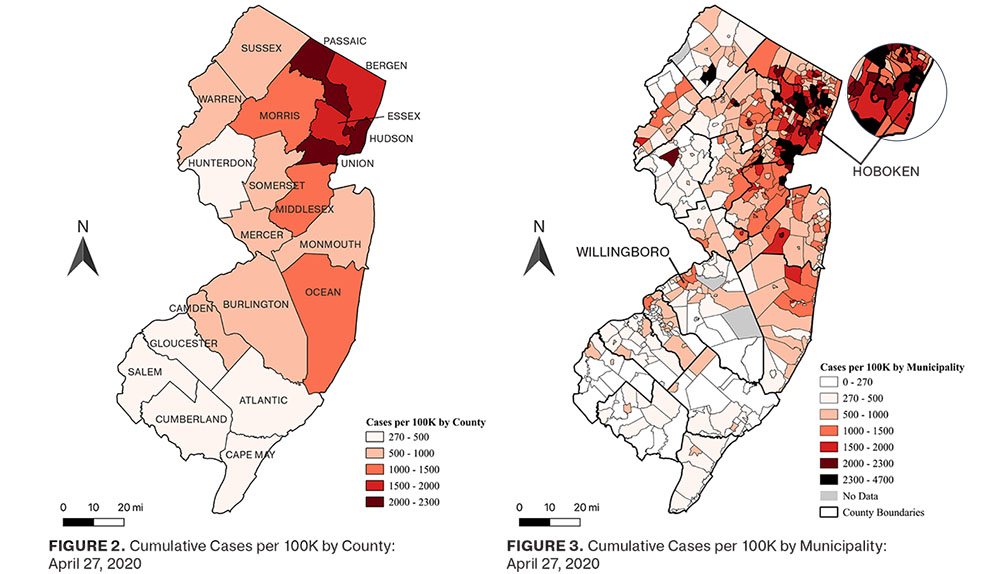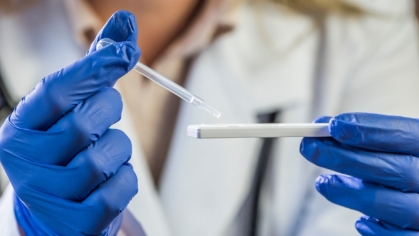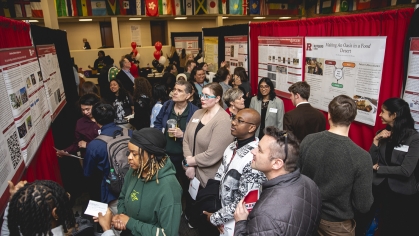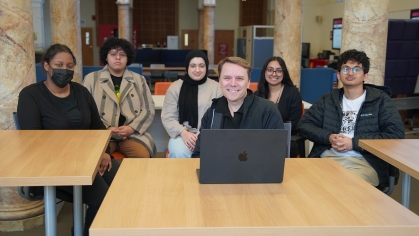New Research Unmasks Impact of COVID on New Jersey Municipalities

A new report issued by the Senator Walter Rand Institute for Public Affairs at Rutgers University–Camden unmasks the broad, regional impact of COVID-19 upon New Jersey municipalities during two waves in 2020. The report, “Municipal Variations in COVID-19 Case Rates in New Jersey,” is posted here.
Rather than focus on county-level COVID case data, the Rutgers University–Camden research institute explores how municipalities truly fared during the pandemic. During the second wave (from June 30 through Dec. 13, 2020), for example, Hammonton in Atlantic County had much higher case rates (4,383/100K) than the nearby municipalities of Folsom (2,885/100K) and Mullica (1,353/100K), as well as higher rates than the county as a whole (3,237/100K).
Similarly, Camden City (4,445/100K) and Pennsauken (4,697/100K) had case rates much higher than their neighbors in Collingswood (2,329/100K), Haddon Heights (1,308/100K), and Haddonfield (1,768/100K). In northwest New Jersey, Union Township (4,808/100K), had much higher case rates than anywhere else in Hunterdon County (1,755/100K).

Sarah Allred
The new research report from Rutgers University–Camden offers a visualization of variations in COVID-19 rates across New Jersey municipalities and illustrates the reality that nearby municipalities can have COVID case rates that are very different from each and from average rates within their counties.
“This data offers insight for those planning equitable aid allocations across the state and within counties,” explains Sarah Allred, a professor of psychology and faculty director of the Rand Institute, both at Rutgers University–Camden.
The research project was funded by a grant from the Rutgers Center for COVID-19 Response and Pandemic Preparedness. Allred’s co-principal investigator on the project is Emily Greenfield, an associate professor in the Rutgers School of Social Work.


